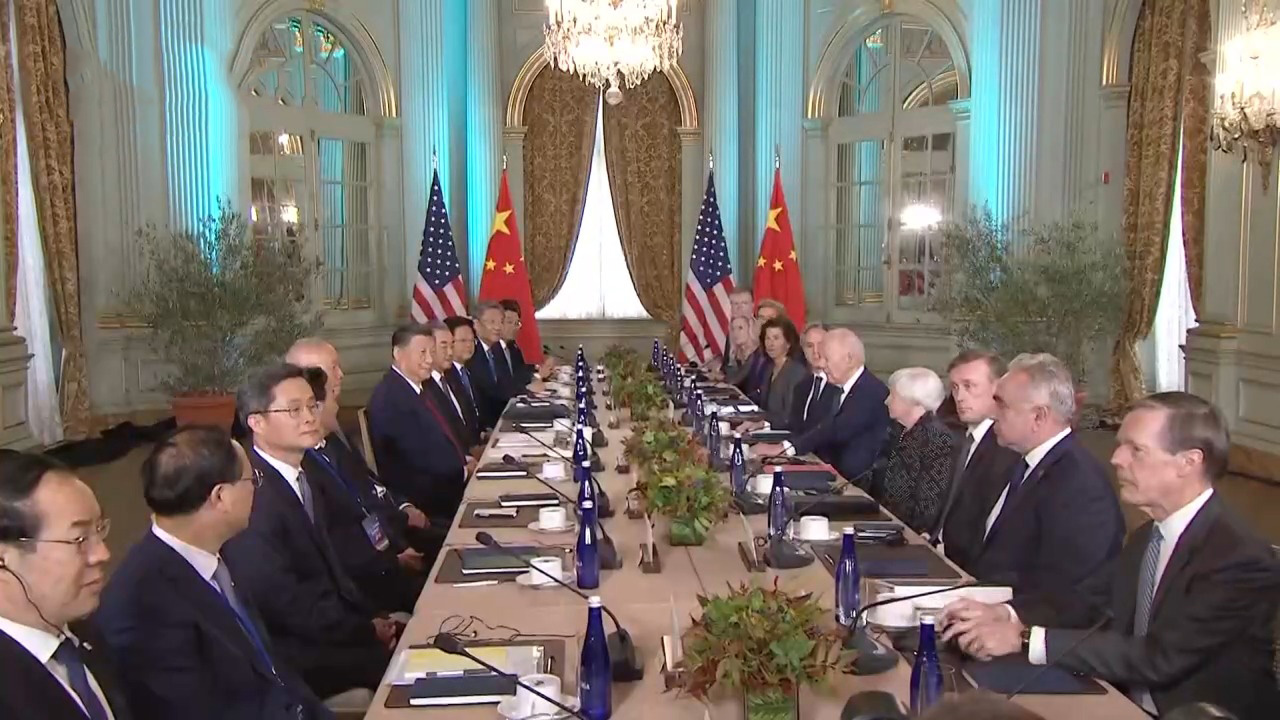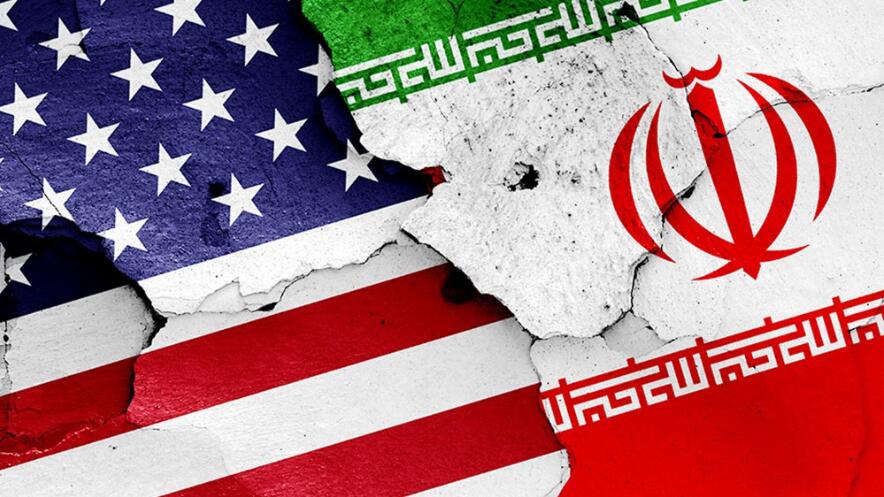
President Xi Jinping’s Summit Meeting with US President Biden in San Francisco in November last year has drawn the world’s attention. Not only did it show that Beijing and Washington have the willingness as well as capability to work with each other, but the significance of the summit also lays in the cooperative framework worked out by the two leaders despite the fierce “competition”, initiated by the US, between the two great powers. Indeed, there is an obvious convergence of interest between China and the US for a stable, or at least a manageable, bilateral relationship for the sake of stability and prosperity in both countries and the world at large.
However, it has to be noticed that the Biden Administration had compromised both internally and externally in the first half of 2023, which provided President Biden with a necessary window time for stabilizing the US-China relations. Internally, the Biden Administration managed to make a deal with the Republicans on debt ceiling. Externally, it finally assembled the US allies to stand on the same page in their approaches towards China. It is known that when Biden took his office in 2021, he proposed “3C Policy” – competition, cooperation and confrontation – towards China on the one hand and tried to follow Trump’s suite to decouple with China economically on the other hand. But major US allies, especially the European powers, insisted on their two-no approach – no confrontation and no decoupling – towards China. After the G7 and NATO summits in early 2023, the Biden administration has quietly dropped the third C, “confrontation” in its policy towards China. Instead, Biden and senior officials in his administration emphasized repeatedly that the US “does not seek confrontation with China”, and neither does the US intend to have a “new cold war” against China. Economically, they emphasized that the US would not decouple from China because it would lead to “a disastrous consequence”. Instead, the US has adopted its European allies’ “de-risking” policy. With a relatively stable situation both domestically and internationally, Biden was eager to stabilize the China-US relationship in an effort to create a favorable environment for his reelection campaign in the upcoming presidential election in 2024.
China’s response is all but positive, for a stable bilateral relationship with the US is desirable for China to maintain a peaceful external environment, which is essential for Beijing to strike for an economic turn-around in 2024. Moreover, Xi’s going to San Francisco to meet Biden sent a clear message to the world that China wants no confrontation but peace and cooperation with the US and the world at large.
First and foremost, we have observed that China and the US clearly defined the “red lines” for each side, or a “no-do list” at the San Francisco Summit. China’s red lines include three aspects: Taiwan is an inalienable part of China that “must and will be reunified”; stability of China’s political system cannot be undermined; and China’s sustainable development must be ensured. At the same time, China has also explicitly stated that it has “no intention to replace the US” and does not seek to reinvent the existing international order (另起炉灶). When it comes to the Russia-Ukraine and Israel-Palestine wars, China is committed to “calling for ceasefire and promoting peace,” and will never provide weapon to any involved party.
Moreover, it is agreed, and emphasized, by both sides that no military conflicts between them are allowed to happen. To achieve this, substantial progress has been made in military exchanges, including establishing a military hotline, enhancing communication and coordination between the two sides’ theaters of operations, and strengthening the mechanism od crisis management.
More significantly, the two leaders outlined an overall strategic framework for China-US cooperation, which includes, but not limited to, five areas: finance, climate governance, artificial intelligence, drug clampdown, and exchanges on education, scientific research and culture.
Maintaining global financial stability. After the outbreak of COVID-19 pandemic, the “unlimited quantitative easing” (QE) by the US Federal Reserve Board (the Fed) increased money supply tremendously. However, as massive QE led to rampant inflation, the Fed has kept raising the interest rates ince March 2022, resulting in a dramatic increase in debt as well as interest payments. Moreover, the weaponization of the dollar and excessive sanctions against Russia have substantively undermined the credibility of US dollar. All these factors have greatly increased the financial risks in the US and beyond. In order to ensure global financial stability, the world’s largest trader, China, and the world’s largest economy, the US, must once again work together. That is why Yellen’s visit to China and her meeting with China’s Vice Premier He Lifeng were “constructive and productive”. Not long ago, Yellen said publicly that she plans to make a second visit to China in 2024 to accelerate bilateral cooperation in financial market regulation and other areas.
Climate governance. The climate change is a fundamental challenge to the entire human society, including China and the US. Working with China on the climate issue also helps the US to sustain its self-claimed “leadership” on this issue, especially over its allies in Europe, where the climate change remains the top priority in politics as well as policymaking. That’s why John Kerry, US Special Presidential Envoy for Climate, emphasized that climate change is not just a bilateral issue between China and the US, but a universal consideration for all. Obviously, to certain degree his words meant to be heard by the European powers and beyond.
Artificial Intelligence (AI). Overall, only China and the US have the resolve, adequate resources and capability to conduct comprehensive research, development and application of AI across all fields. Due to AI’s current omnipresence in and its great potentials to human life and society, it possesses tremendous and explosive power. Once out of control, it could cause catastrophic consequence for humanity. Being aware of the explosive impact, China and the US must cooperate on AI R&D and regulation. After all, neither side can dominate all AI-related fields. Should China and the US indulge itself in AI research and development without any communication and cooperation, it would definitely lead to disparate technologies, standards and rules. Even worse, unbalanced and uncoordinated development will inevitably exacerbate conflicts, and thus bring risks of losing control on AI. Therefore, the primary goal of China-US cooperation on AI is that the two countries need to communicate and coordinate in AI research and application so as to align roughly their AI-related policies on the one hand and ensure that the development and application of AI follow the same standard and rules on the other hand.
Fight against drugs. Drugs, like viruses, are a universal threat for all. If the US loses its war on drugs, the other countries, including China, will inevitably suffer from the impact. In short, cooperation on drug control serves the common interests of both sides.
Facilitating education, scientific research and cultural exchanges. Continuous exchanges on education, scientific research and cultural heritages make people-to-people relations between China and the US meaningful and sustainable. Given the current situation between the two great powers, the development of people-to-people relations is a cornerstone of US-China relations.
There is no double that being lame ducked on the one hand and the approaching presidential election on the other will make it increasingly difficult for the Biden administration to materialize the agreements on cooperation between the two leaders at the summit. Nevertheless, cooperation in the aforementioned five areas is in the common interest of both sides. Even if cooperation stalls due to the change of occupant in the White House in 2024, it would be very hard, if not entirely impossible for the new US president to work against China in these five areas, not only because it would lead to the point of self-harm, but also because the resistance of powerful interest groups would make it hard to happen, let alone to be sustained.
From a long-term perspective, the framework for cooperation outlined at the Summit last November not only benefits the bilateral relationship between China and the US, but also has a significantly positive impact on the development and stability of both countries. After all, a stable and prosperous US is generally conducive to the sustainable development of China, while a chaotic US with great uncertainty or even in disorderly decline will undoubtedly bring harm or even disaster to the whole world, including China. Similarly, a steadily developing China is generally good for the US, while the opposite would severely dent the world, including the US. After all, stability and development of the two great powers preconditions the “peaceful competition” with China, as desired by the US, or China’s pursuit of “peaceful coexistence” with the US.











